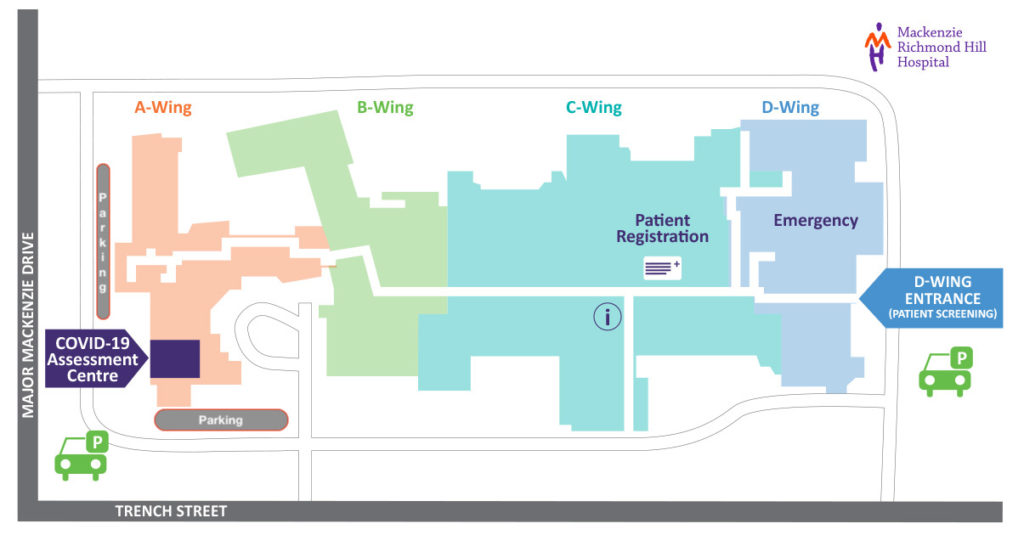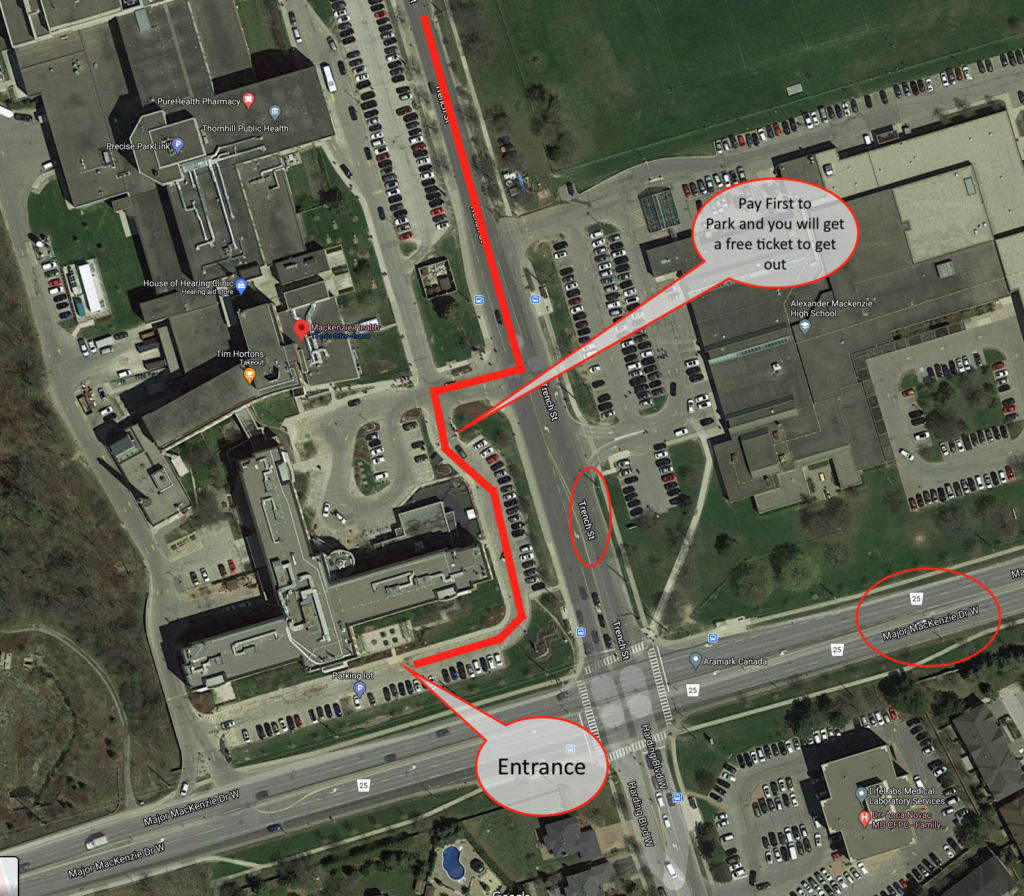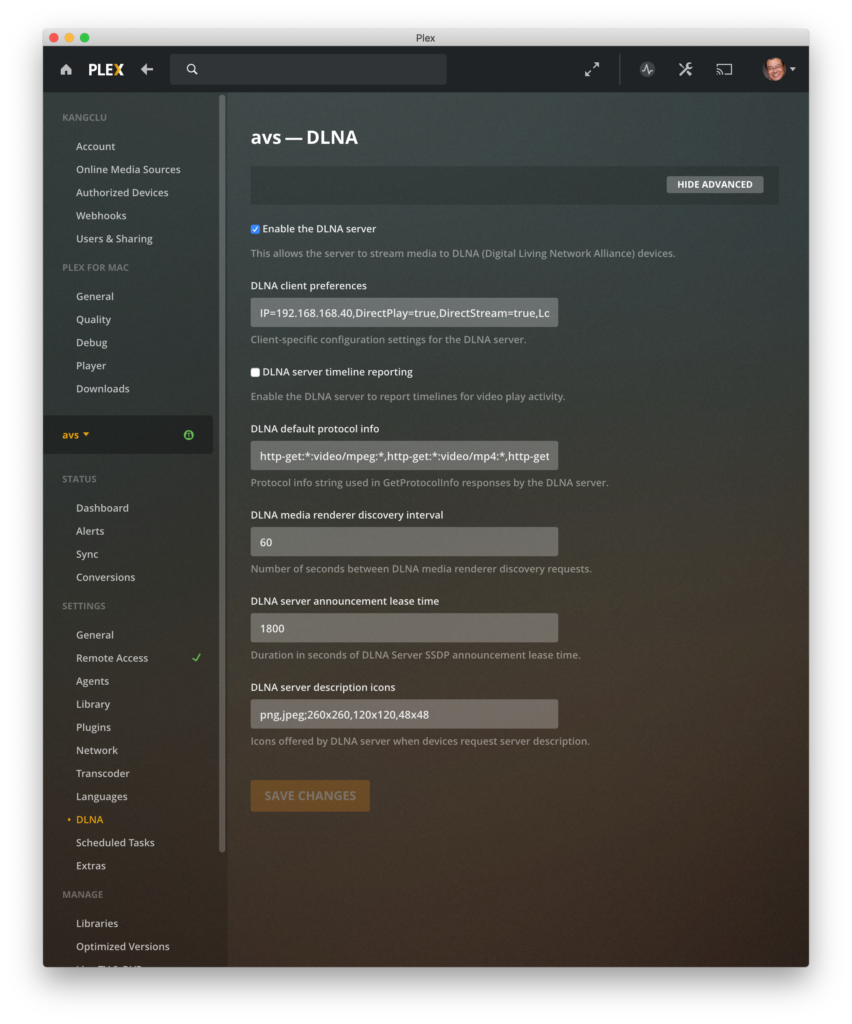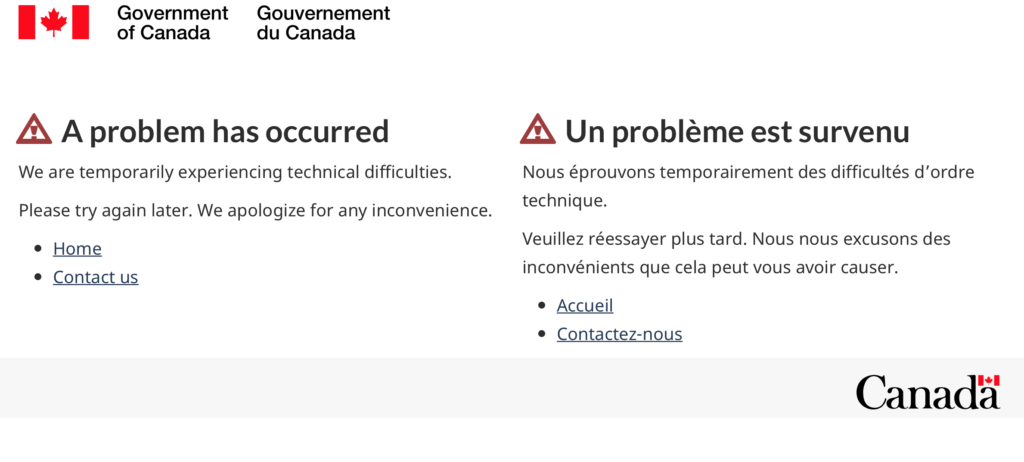If you asked me 10 years ago, I would be a strong proponent of democracy and how the Internet and social media will harmonize and amplify our inherent goodness of the majority and make the world a better place. Of course, I can see this is now totally incorrect. I now see modern mass media technology is being weaponized to promote ideas that benefits those who want to seek or stay in power. Perhaps I would further suggest that any communication advancements will ultimately be utilized in such fashion. Think about how consumer marketing has evolved with communication tech.
When you couple the power of what I described above with the modern liberal democracy ideals of, “everyone should have a voice”, you have a perfect storm fostering opposing, divisive, and influential views, which creates ever growing friction in the efficiency of governing within a democratic process. Decisions at the grass roots levels tend to be more emotional and less pragmatic. The current pandemic reaction from the liberal West can be viewed as a barometer of this effect. Also the leadership is representative of a mass emotional breakdown.
Recently I have become blasé to the instruments of government. Instead of focusing on how a government should work, we should treat it like a product which we the people all consume. Is it a good product and are we happy with it?
People are advocating or dear I say “preaching” one form of government as better than another instead of looking at the actual results of governing and people’s livelihoods. If you look at it from a high enough level, I come to the realization that modern advocacy of liberal democracy has become a religious crusade, one that seeks the conversion of all non-believers.
I am now toying with the realization that governments like all products will evolve or revolve on the changing needs of the consumer. I am not saying a simple change in leadership of a static system, but a massive reformulation of the government itself.
Perhaps we as a race have already figured it out, and the solution is already naturally practiced. Instead of our myopic planning horizons of every four years, or a life span, perhaps the fabric of governance is working through generations.
In essence every government is a crude form of true democracy. Everyone has the ability to vote, of sorts. When life gets too tough to tolerate and you blame the government and leadership for it, you vote by rebelling. This mechanism is of course called a revolution. Instead of an election that temporarily appeases the mass population, the mass population revolts and overturns the government and reinvents it. Social content settles to a new way of governing and the population is content until the next revolution. There is a natural social contract between leaders and those being governed. The votes will truly matter because they are being offered by sweat and blood, and not some, “going through the motion of an election turn out”.
So if you look at it from this granularity, it is somewhat immaterial to continue to debate on which type of government is a better or best government. The people will ultimately decides which government is best for them over the course of time.
In between revolutions, and we don’t feel like “voting / rebelling”, the best we can do is to play the current game that was established in the previous revolution.
Having said all of this, I do think a hierarchical structure of leadership properly established through merit vs a representation of a popular vote is probably more stable and beneficial. A party is in the depth of hypocrisy when it preaches for democracy that is infrequently practiced at intervals of spanning from 2 to 6 years, while we all goto work under a hierarchical structure with clear master/slave relationships for the majority of our working hours of our day.
Notes: I wrote the above in response to a Quora post here.







